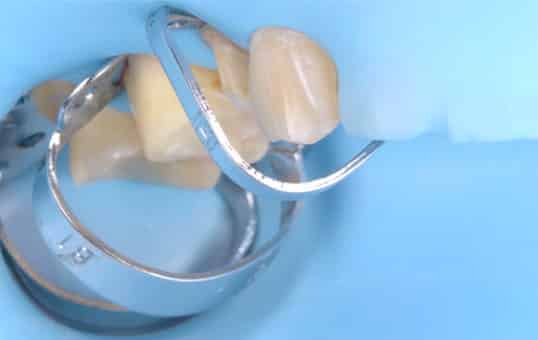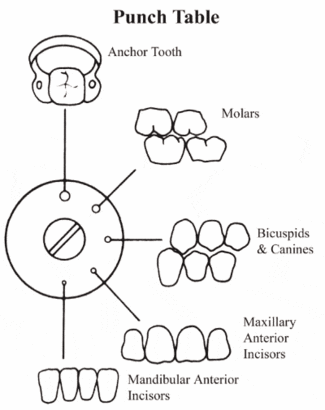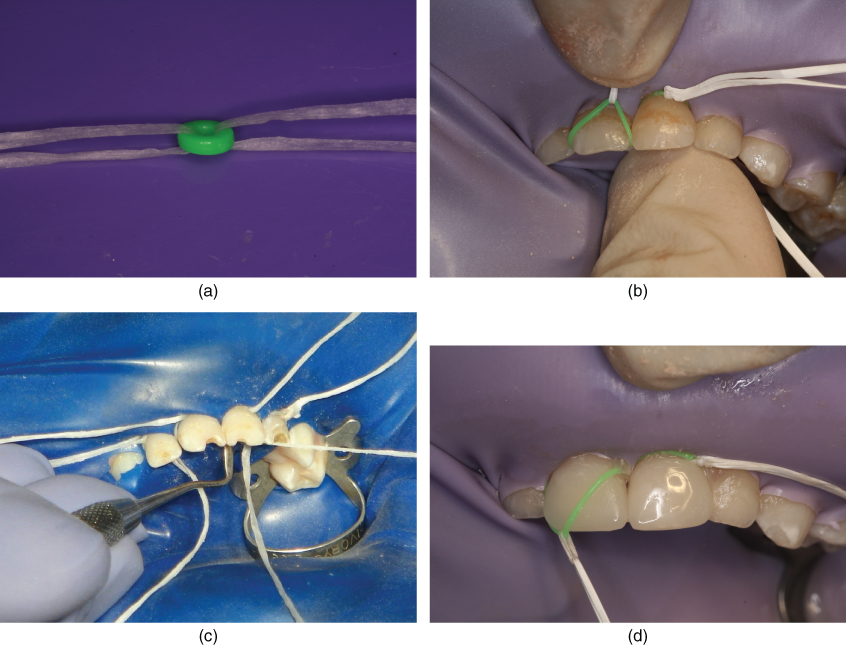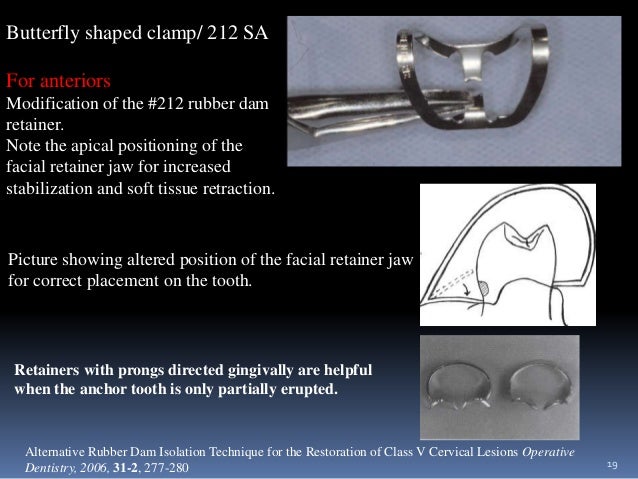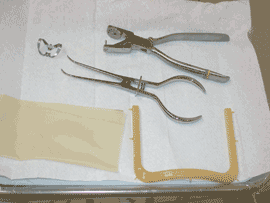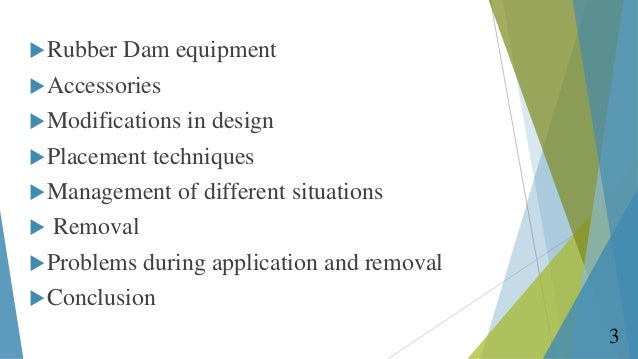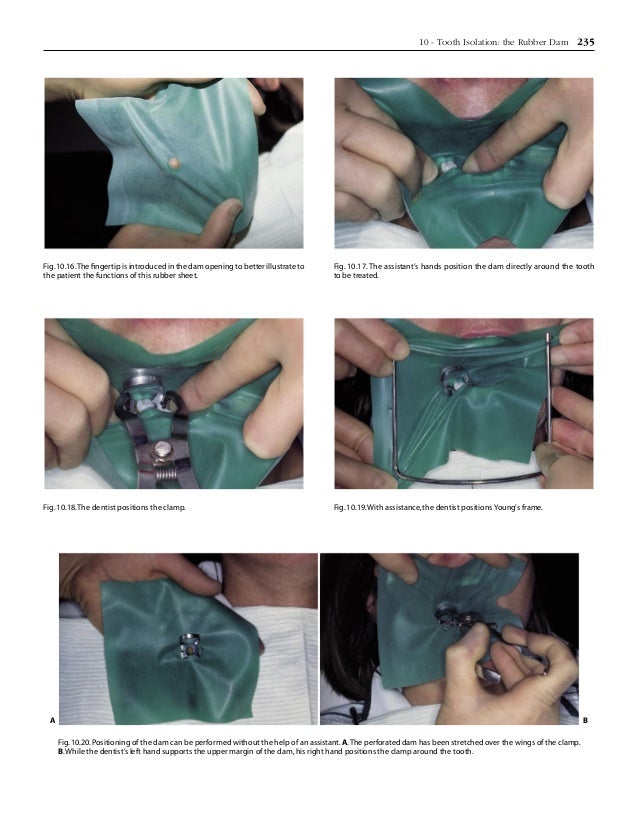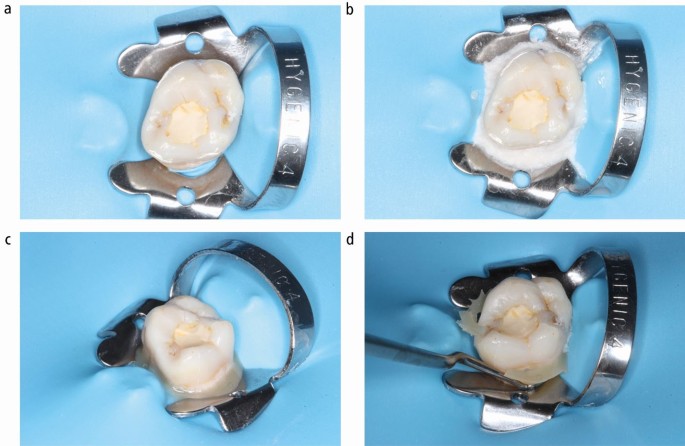Modified Rubber Dam Technique

The university of bristol dental school.
Modified rubber dam technique. An easy way of placing the rubber dam in a neat and quick manner. This paper describes additional modified utilizations of rubber dam. Written and presented by richard elderton and ken marshall. 10 the split rubber dam.
In this technique perforations are made following the recommendations outlined in this article. Technique for indirect restoration use of a modified rubber dam technique when bonding use of a modified rubber dam technique when bonding resin retained fixed partial dentures richard b. Split dam technique indication insufficient coronal structure single fix prosthesis abutment tooth for bridge partially erupted tooth steps two overlapping holes are punched. Rubber dam users opted to manage difficult cases by sealing leaking rubber dam and to use the split dam technique.
The teeth were cleaned with pumice and water etched with 37 phosphoric acid condac 37 fgm for 30 s washed and dried. Forgive the minor audio miscues and enjoy the learning experience. As shown by this technique the rubber dam retainer is modified and positioned on the tooth with subsequent placement of the dental dam material over the retainer and tooth. Camera courtesy dr shihi.
At least two teeth distal to the working area. The light cured resin cement color 0 variolink veneer. The pur pose of this article is to describe the slit rubber dam technique used to simplify the preparatory phase of indirect restorative. Equipment and basic techniques.
Rubber dam clamp and frame dam clamp and frame carried to mouth as one unit and placed clamp in place with four point contact and rubber tucked under the wings 20. Variations with age 1. A contraindication to the use of the rubber dam is a patient s allergy to the chemical constituents of rub ber 5 11 in this circumstance albeit rare the teeth may be isolated with polythene sheets 22 which impose li. A modified rubber dam technique was performed for isolation.
When multiple anterior restorations are being delivered a split dam technique may prove useful figure 22. The rubber dam cannot be assembled since it is not known whether and how the tooth will be restored. Because young patients have smaller dental arches than adult patients holes should be punched in the dam accordingly for.




